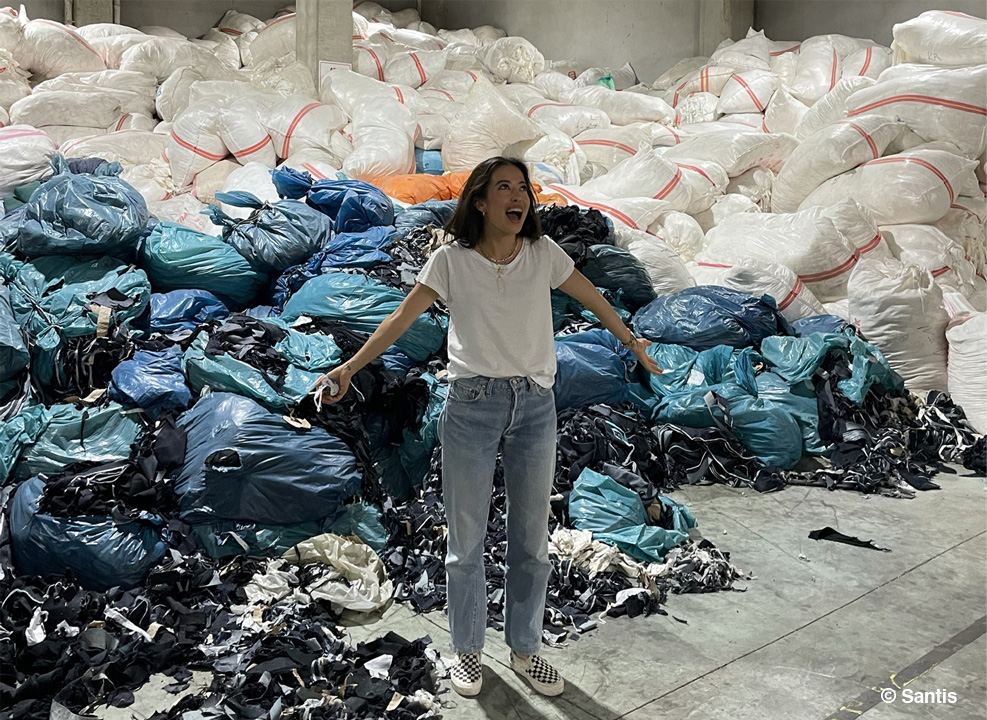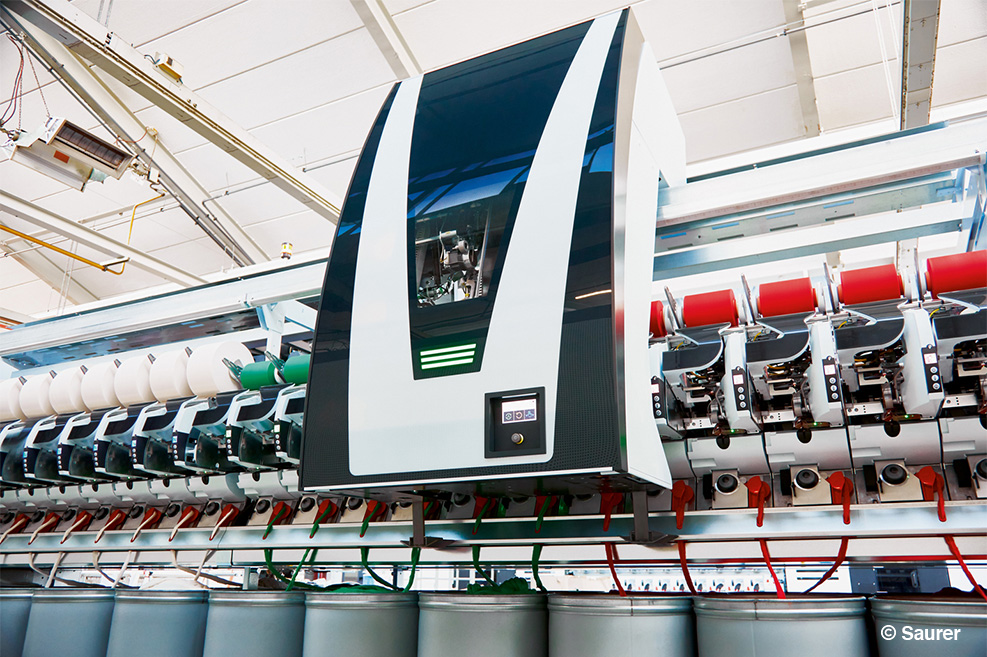28 - 31 October 2025 | Singapore Expo
Blog
Discover trending topics that are propelling the industry
Technologies to meet a pressing new textile industry need
Fibre-to-fibre recycling is poised to become a US$30 billion new industry by 2030 as new legislative measures are imposed on manufacturers, most notably in Europe and similarly in California.
In January this year, for example, a ban was introduced on the incineration or landfilling of waste clothing and textiles within European Union member states.
EPR (extended producer responsibility) programmes are now being introduced by EU member states to be imposed on brands and retailers to pay for the collection of all waste clothing and its subsequent resale or recycling.
Textile-to-textile
This new branch of the textile industry will naturally significantly influence some of the technologies visitors at ITMA ASIA + CITME in Singapore from 28 to 31 October will be seeking out.

Swiss-owned and Singapore-headquartered Säntis Textiles, for example, will be showcasing its first fully mechanical textile‑to‑textile recycling system. The RCO100 system can handle both pre‑ and post‑consumer cotton garment waste, sorting inputs by colour and fibre composition before dismantling them back into fibre form.
Instead of harsh mechanical or chemical treatment, this line progresses very gently and precisely, allowing fibres to be opened gradually, with the emphasis on quality above speed, and without either water or chemicals, preserving the natural structure and strength of the cotton.
Säntis has also embraced traceability by embedding an indestructible physical‑digital ID within the fibres and fabrics. This empowers brands and consumers with real‑time transparency across the entire supply chain, reinforcing claims and fostering trust
Recycling Xtreme

As one of the established leaders in conventional spinning technology, Saurer will meanwhile introduce its latest rotor spinning system, developed following consultations with processors of recycled yarns around the world. This machine can process the shortest mechanically recycled fibres with an extremely high raw material efficiency.
The Autocoro 11 Recycling Xtreme system can accommodate up to 816 spinning positions over a length of more than 100 metres and its dedicated technology enables 60 piecers to start simultaneously and get up to speed in just a few minutes.
New self-cleaning yarn guides, whether for pure cotton or blends with recycled fibres, significantly extend cleaning intervals and the latest machine design minimises the surface area for deposits. An integrated pneumatic cleaning system further ensures absolute cleanliness for maximum efficiency and minimum maintenance.
Mini spinning and shredding
Mesdan, a Vandewiele company, will also exhibit mini spinning and shredding lines to assist textile manufacturers, institutes and R&D laboratories in evaluating percentages of mechanically recycled content in blends, before scaling up to large-scale production.
With very compact designs and user-friendly controllers, these units enable mills to establish the most suitable blends and optimise both fibre lengths and the necessary level of opening.

Sorting bottleneck
Advanced sorting technologies have been identified as a big bottleneck in establishing circular textile chains incorporating recycling, and Valvan, based in Menen, Belgium, will be outlining the benefits of its award-winning system at the exhibition.
A highly efficient system designed to extract trims like zippers, buttons and labels from fibre-sorted textile materials, Trimclean increases the purity of feedstock for textile-to-textile recyclers, leveraging AI and computer vision.
Valvan can also help customers to scale up manual sorting and separation processes into semi-automatic or automatic solutions with its Fibersort system.
Its system can efficiently process large volumes of recycled post-consumer textiles and predicts the concentration of fibres in bales based on near infrared spectroscopy (NIRS) scans. It can also sort textiles based on colour using an RGB camera and once run through the process, the textiles can then be fed into the Trimclean.
2,000 projects
Laroche, which in 2020 became part of the Andritz Group at the end of 2020, has been responsible for equipping over 2,000 sorting and recycling reference projects worldwide over the course of its history, and its head of sales Charles Junker observes that the challenge to successful recycling is to be able to automatically classify garments in order to maximise the value of the fibres.
“Mechanical recycling is an immediate response to the problem of textile waste, but won’t be the only solution,” Junker says. “Nonwovens companies are early movers in looking at the potential of post-consumer waste, realising that there’s going to be a big demand for the cleaner and purer waste from manufacturing operations.”
Andritz is now working with Rieter on the development of a refined system for recycled yarn production, and also on chemical recycling treatments.
Check out the ITMA ASIA + CITME, Singapore 2025 exhibitor listing for more companies offering recycling solutions.


















